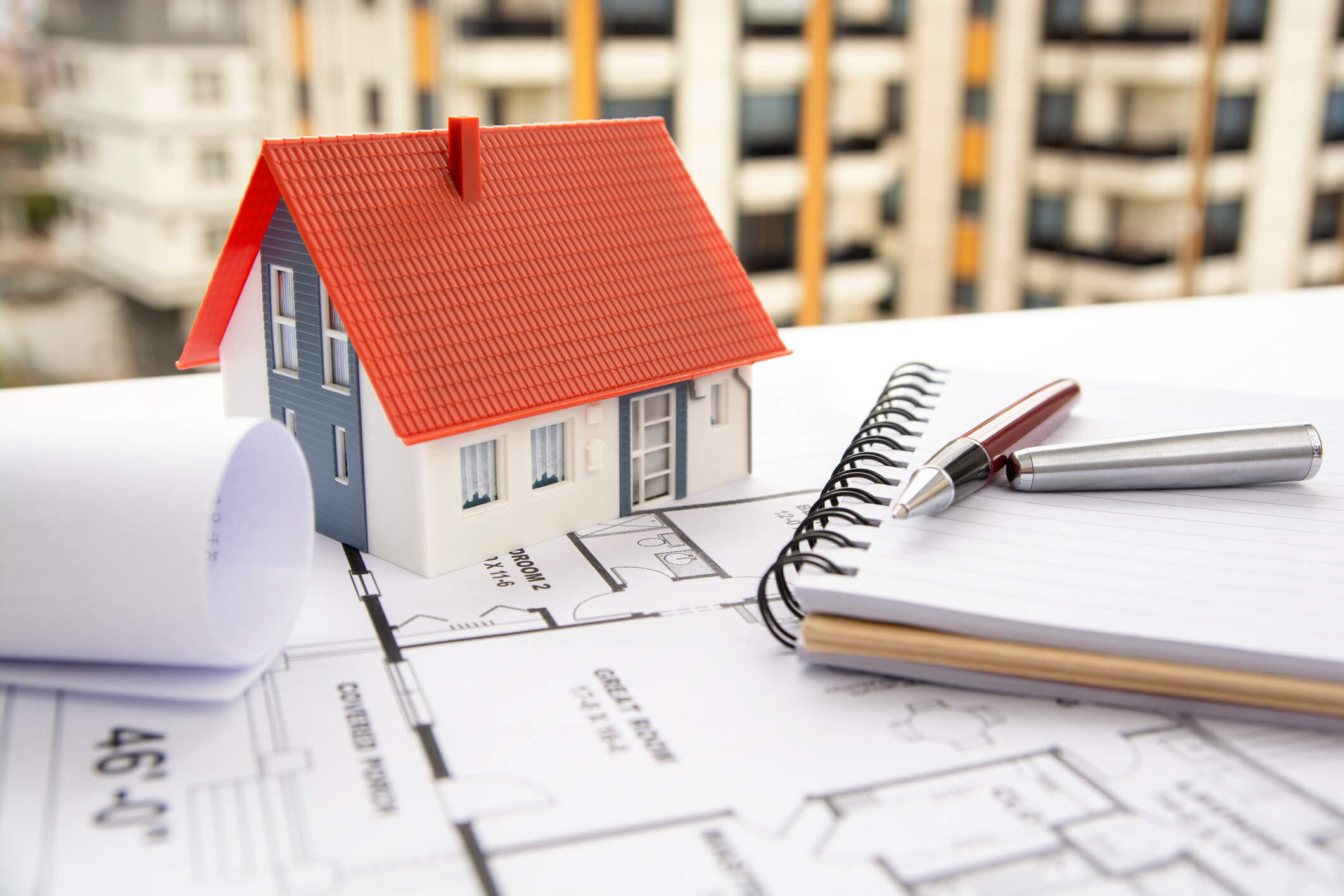Unveiling the Function of Property Developers in Shaping Urban Landscapes
Unveiling the Function of Property Developers in Shaping Urban Landscapes
Blog Article
Property developers form the foundation of the real business, which drives the construction, transformation and enhancement and enhancement of the urban environment. By utilizing their knowledge, insight as well as financial expertise the key players manage the creation of commercial, residential and mixed-use buildings, shaping the essential fabric of our communities. Understanding their essential role and impact is essential for understanding the complexities of the market for real estate.
The heart of residential development is the desire to envision and bring the spaces to life that are able to cater to the ever-changing demands of the society. Developers begin projects on the basis of market analysis, demographic trends as well as urban planning plans. Their foresight determines the feasibility and sustainability of ventures, informing decisions regarding location, design, and amenities. These include commercial, residential or mixed-use development, their ability to anticipate the future demands shapes the character of the neighborhood and is the driving force behind economic growth.
But, the desire for profitability can often clash with larger social concerns. One of the issues concerning property developers is the phenomena of the process of gentrification. When they make investments in shabby neighborhoods or historical districts, property values rise, attracting affluent residents and companies. In addition, this breathes life into once-decaying areas but it also displacing local businesses and residents who are long-time residents and increases the socioeconomic gap. Finding a balance between revitalization initiatives and retention of a sense of community identity and affordability remains a significant challenge for developers and policymakers alike.
Finance is a broad area property developers are similar to orchestrators, conducting the orchestra of investments in order to finance their enterprise. Securing capital involves a blend of debt, equity and occasionally incentives by the government. Developers must convince investors of the viability and potential returns of their initiatives, while also balancing both risk and reward. A good understanding of finance is crucial in successful developers as they need to be able to manage cash flows, minimize the risks, and respond to changes in the market to ensure the viability of their project. To acquire additional details kindly visit https://akisama.com.my/
The evolution of technology has revolutionized the field of property development and ushered in a new era of digital advancement along with smart urbanization. Through virtual reality-based simulations to advanced analytics that predict the future, designers use advanced tools that can streamline the design process, improve ability to make decisions and maximize utilization of resources. Moreover, sustainability has emerged as a defining imperative, prompting developers to integrate green construction practices, renewable energy options, as well as resilient design strategies into their projects. In leveraging technology and adhering to sustainability, builders not only decrease their carbon footprint, but also future-proof their investments in the face of changing market trends and regulations.
The viability of development projects depends not only on their financial viability, but also on acceptance by the community and engagement. Consultation with stakeholders, clear communication and corporate social responsibility initiatives are integral components of responsible development methods. Engaging with residents as well as NGOs and advocacy groups helps build trust, increases inclusion and makes sure that development initiatives coincide with the wider interests of the society. In addition, incorporating aspects of placemaking such as the public art installation, leisure spaces, and cultural amenities, enriches the social fabric of neighborhoods and creates a sense belonging to the residents.